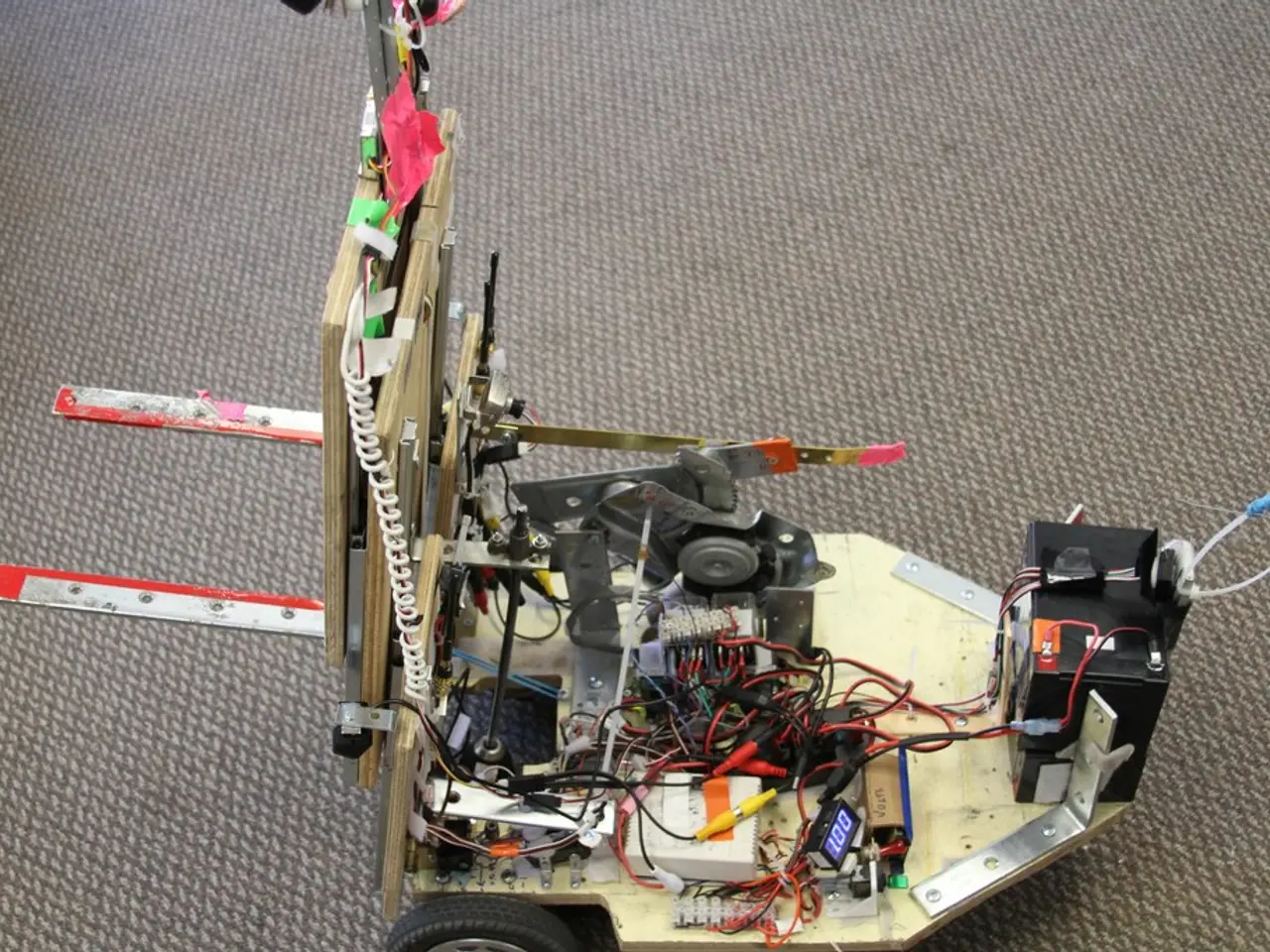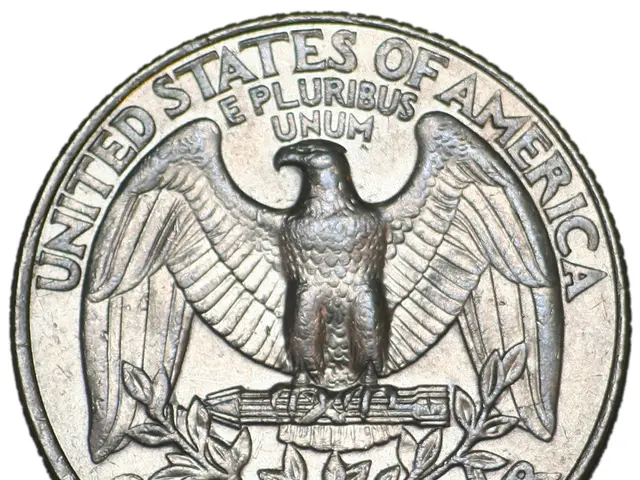Employing Countdown Timers to Boost Sense of Urgency and Increase Sales
In the bustling world of online shopping, e-commerce websites are constantly seeking ways to stand out and drive sales. One effective tool that has gained popularity is the countdown widget, a simple yet powerful feature that taps into deep-seated psychological triggers.
Countdown widgets, with their ticking clocks, are naturally attention-grabbing. The human eye is drawn to movement, making these widgets more noticeable than static text. But their effectiveness doesn't stop at visual appeal. When combined with other urgency tactics such as low inventory levels, real-time visitor activity, or potential price increases, they become a potent force in accelerating purchasing decisions.
The key psychological mechanisms at play are urgency, scarcity, and fear of missing out (FOMO).
Urgency is created through time-limited offers. Countdown timers provide a clear deadline for a promotion or sale, triggering a brain response to deadlines that forces faster decision-making. Shoppers perceive the ticking clock as a finite opportunity, motivating immediate purchases to avoid losing the deal.
Scarcity and real-time stock alerts amplify this urgency. Messages like "Only 3 left" or "Low stock" combined with countdowns make scarcity concrete and believable, increasing a product's perceived value and desirability. When scarcity is genuine and tied to actual inventory or time-sensitive events, it builds trust and further drives conversion.
FOMO is another powerful psychological trigger exploited by countdown widgets. They signal that others might grab the offer first, leading to impulsive buying to avoid regret. This is particularly effective when the urgency feels authentic, personalized, and meaningful rather than overused or artificial.
Cognitive ease and purchase flow simplicity are also crucial. Effective countdowns are often incorporated into clean, intuitive site designs that reduce user friction and cognitive overload, helping guide customers smoothly from discovery to checkout without hesitation.
However, overusing artificial scarcity—such as resetting timers repeatedly or using fake low-stock messages—can erode credibility and harm customer trust, ultimately backfiring on sales.
A/B testing is essential for optimizing the design, placement, and duration of countdown timers. Strategic placement includes product pages, shopping cart pages, marketing emails, home page, and landing pages. Monitoring user responses after placing a countdown widget is crucial for optimizing placement for maximum effect.
The Zeigarnik Effect, which states that people remember incomplete tasks better than completed ones, keeps the unfinished task (making a purchase before the deadline) at the forefront of the shopper's mind.
Marketers have a responsibility to use psychological triggers ethically, aiming to help shoppers make timely decisions about products they want or need, not manipulate them into impulse purchases. When implemented strategically and ethically, countdown widgets don't just increase sales; they improve the buyer's experience by helping people act on their genuine interests before it's too late.
Countdown widgets should be optimized for mobile devices to be noticeable but not intrusive on small screens. They can improve the buyer's experience by helping them get great deals or limited-edition products, rather than pressuring them to make rushed purchases.
In conclusion, countdown widgets are powerful tools that leverage psychological principles to heighten shoppers’ perception of urgency, motivating faster purchases. When used ethically and strategically, they can significantly boost e-commerce conversion rates by psychologically nudging consumers past hesitation toward immediate action.
Data-and-cloud-computing technology has enabled the integration of countdown widgets into e-commerce websites, augmenting their lifestyle shopping experience. These widgets, with their ability to tap into psychological triggers such as urgency, scarcity, and fear of missing out (FOMO), enhance the shopping process by providing a smoother transition from browsing to purchasing.
Effective use of countdown widgets, placed strategically on mobile-optimized websites, helps shoppers complete their purchases before the deadline, aligning with the principles of the Zeigarnik Effect. This not only benefits e-commerce businesses by increasing conversions but also improves the overall shopping experience by helping consumers act on their genuine interests in a timely manner.




